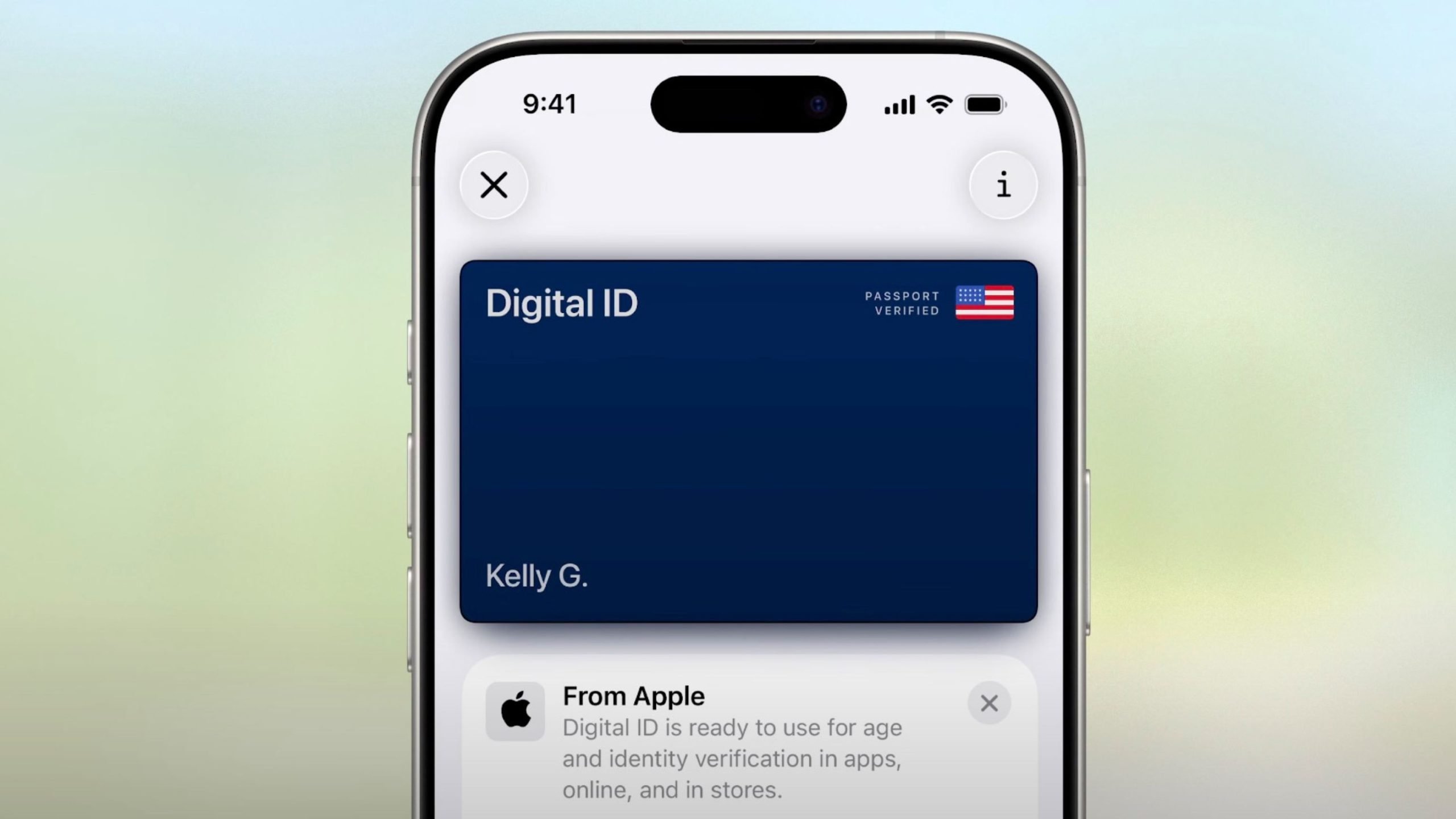Apple’s latest announcement at WWDC 2025 marks another step in the steady integration of digital identity into everyday mobile technology. With iOS 26 set to introduce passport-based digital IDs in Apple Wallet, users will soon be able to present a digital form of identification at supported TSA checkpoints and within certain apps requiring age or identity verification.
Apple reiterated that the feature is “not a replacement for your physical passport,” but it will serve as an official ID for domestic travel and other select uses.
The Transportation Security Administration has confirmed it will accept digital passports for security screenings on domestic flights, effectively extending the reach of biometric and device-linked identity systems into routine aspects of public life.
This shift is part of a larger trend: the normalization of digital ID as a prerequisite for everyday interactions.

As tech companies embed government-recognized ID into widely used devices, the pressure grows to use those credentials beyond travel, whether to log in to government portals, banking apps, or, in some jurisdictions, to access online services such as social media or news websites.
Once established as a standard, digital ID systems often expand in scope, laying the groundwork for increased surveillance and centralized identity control.
The introduction of new Wallet features alongside the digital ID, including terminal maps in boarding passes and the ability to track AirTagged luggage via the Find My app, reinforces a vision of seamless, hyper-personalized travel.
However embedding identity tools in these conveniences risks masking the deeper issue: the transition from physical autonomy to digital traceability. As digital ID becomes more embedded in daily infrastructure, the distinction between voluntary use and de facto requirement continues to erode.
Apple’s rollout, coming this fall with iOS 26, reflects how quickly digital credentials are becoming integral to modern life; not only by consumer choice but increasingly through regulatory momentum and systemic expectation.
The question is no longer whether digital ID will be part of daily routines, but how far its reach will extend once it becomes normalized on millions of phones.










